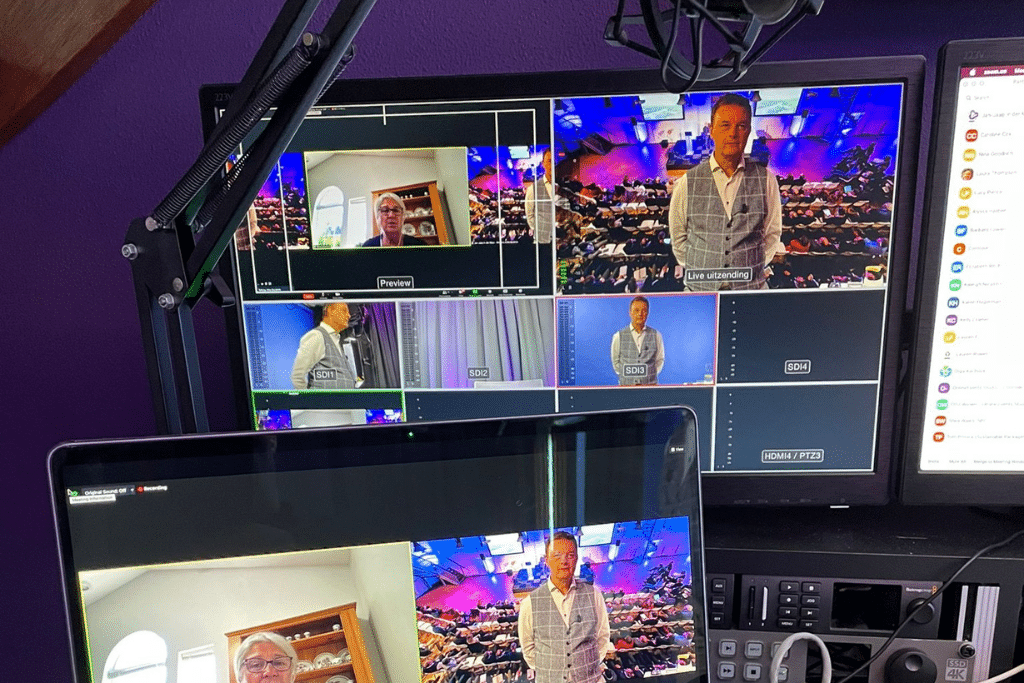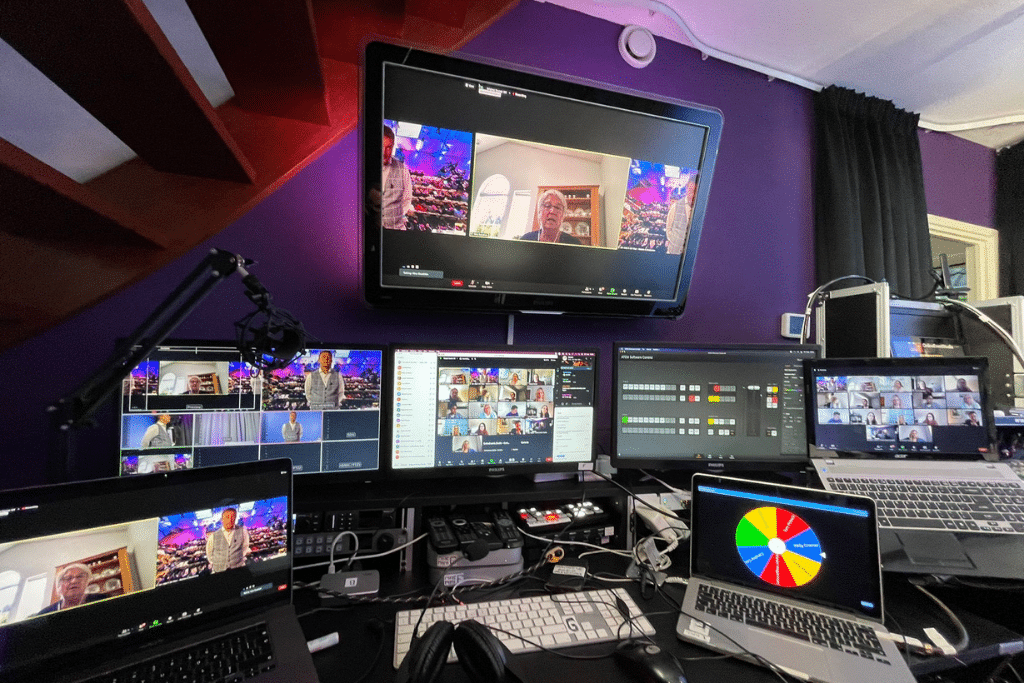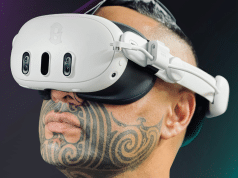Tools are there to help us, not to take over
Tools created to engage audiences at events make the lives of moderators, speakers, and attendees easier and, ultimately, contribute to creating memorable events. Nonetheless, moderators and speakers alike throw a tantrum regularly over the poor use of these tools. In many cases, they are not used to their full potential or are even used in ways that affect the outcome of an event.
There are numerous spectacular tools out there that can make any meeting better. Among them, Slido, PresentersWall, ConsensIQ, Piccles, and Twine have become household names within the meetings industry. When used well, they are worth the investment. When used poorly, they are a waste of money.
Below are a few rules Masters in Moderation’s Jan-Jaap In der Maur swears by when implementing engagement tools:
It’s not a gimmick!
Too often, engagement tools are used for the sake of using them. In that case, attendees will be annoyed and not engaged. And it is an insult to the developers of the tool. So make sure you make a deliberate choice for a specific solution and then use it wisely.


Analogue and digital need each other
Sure, tech is powerful. It will give you an overview of opinions in seconds, and it will make all participants connect as a group. Moreover, it will provide big data and ensure everyone gets a say.
Yet, analogue work formats have powers too: they bring energy, make you connect to individuals, and bring everyone new insights. So why not combine body voting and digital polling? Why not sometimes choose the quick raise of hands over the tool; and the other way around?
Using engagement tools to the max is about design and making deliberate choices. Tools are there to help us, not to take over everything.
To learn more about moderation, be it at in-person events or online, learn from the best in the business and subscribe to one of Masters in Moderation’s workshops (https://mastersinmoderation.com/training-and-coaching). Also, read an interview with Jan-Jaap In der Maur here.
#moderation #tools #online #hybrid #moderator #engagement #events














